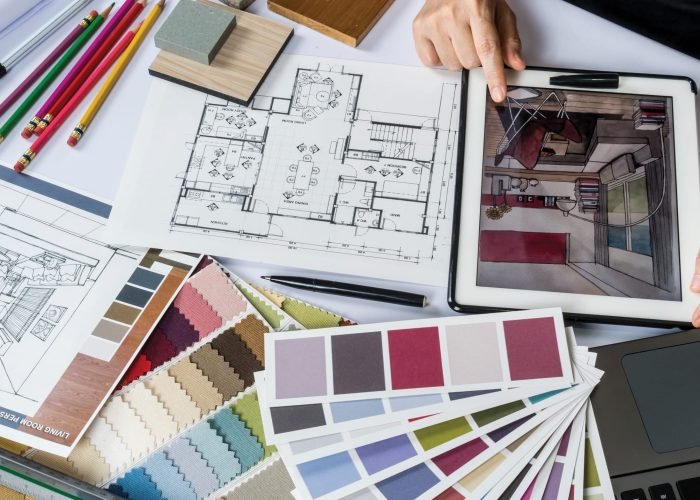Smart Building Design

Innovations in Smart Building Design
In an era of rapid urbanization and technological advancement, the concept of smart buildings is revolutionizing the way we design and interact with our built environment. Smart building design integrates modern technologies to optimize energy use, enhance user comfort, and reduce environmental impact. Let’s explore some of the key innovations that are reshaping the landscape of modern architecture.
Energy efficiency through internet integration One of the hallmarks of smart buildings is the focus on energy efficiency. By exploiting the Internet of Things (IoT), sensors located throughout the building continuously collect data about occupation, temperature, and lighting conditions. This data is used in real-time to dynamically adjust the HVAC system, optimizing energy consumption without compromising comfort.
Advanced Building Automation Systems (BAS)
The essence of smart building design is the implementation of advanced automation systems. Building Automation (BAS) systems integrate and control various building functions, including HVAC, lighting, security and theft monitoring. Advanced systems enable preventive maintenance, predictive analysis and remote monitoring, simplifying operations and reducing operating costs.
Sustainable practices and green technologies
Smart buildings are a priority for sustainability by integrating green technologies and practices. From solar panels and overhead plants to rainwater harvesting systems and green roofs, these buildings aim to eliminate dependence on traditional energy sources and reduce their carbon footprint. Sustainable materials and passive design strategies contribute to improving energy efficiency and caring for the environment.
Improve user experience and convenience
After energy efficiency, smart buildings pay special attention to user experience and comfort. Mobile apps and integrated systems allow users to control lighting, temperature, and remote access, promoting a modified and responsive environment. In-building mobility systems and smart parking solutions improve movement within the building, enhancing overall comfort for tenants and visitors.
Data Analysis and Artificial Intelligence (AI)
It exploits the vast amount of data generated from smart building sensors through advanced analytics and artificial intelligence algorithms. Machine learning analytics analyze patterns in energy use, occupation trends, and equipment performance to identify opportunities for predictive optimization and maintenance. This data-driven approach enables building managers to make informed decisions that enhance operational efficiency and tenant satisfaction.
Resilience and securing the future
Smart buildings are designed with flexibility and adaptability in mind. Modular layouts and scaled infrastructure allow for easy change to accommodate evolving needs and technologies. This approach to securing the future ensures that buildings can integrate new innovations seamlessly without experiencing costly renovations or disruptions to day-to-day operations.
In conclusion, the design of smart buildings represents a paradigm shift in architecture and construction, driven by the intersection of technology, sustainability and user-centric. By exploiting the Internet of Things (IoT), artificial intelligence and sustainability practices, smart buildings are redefining the way we understand and interact with our residential and work environments. As cities continue to evolve, adopting smart building design will be crucial in creating efficient, durable and livable environments for future generations.



